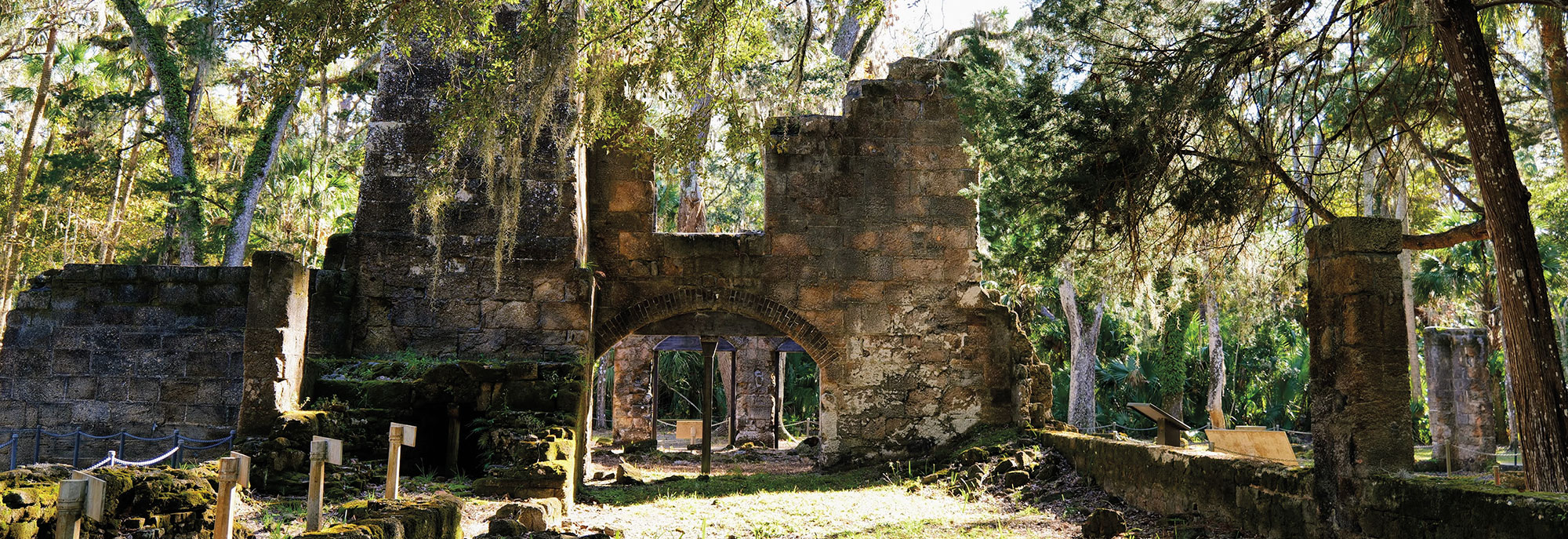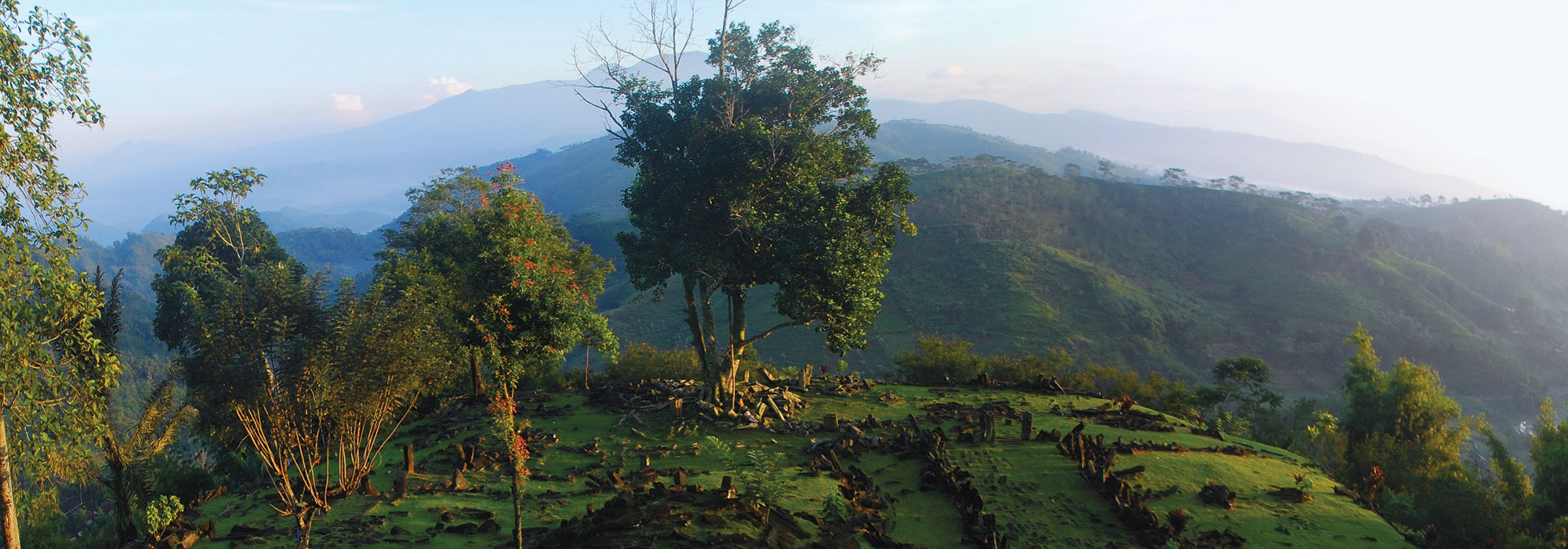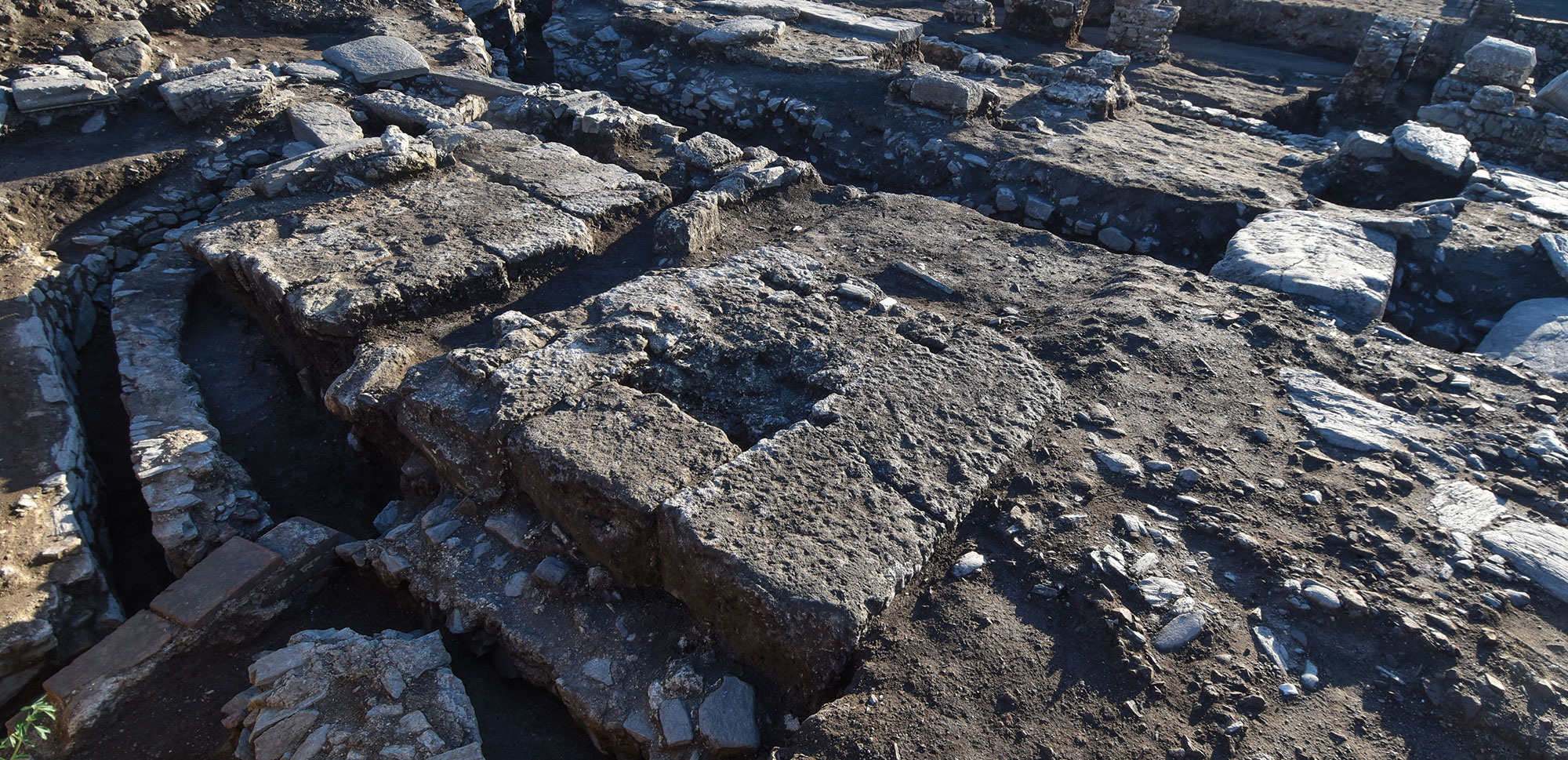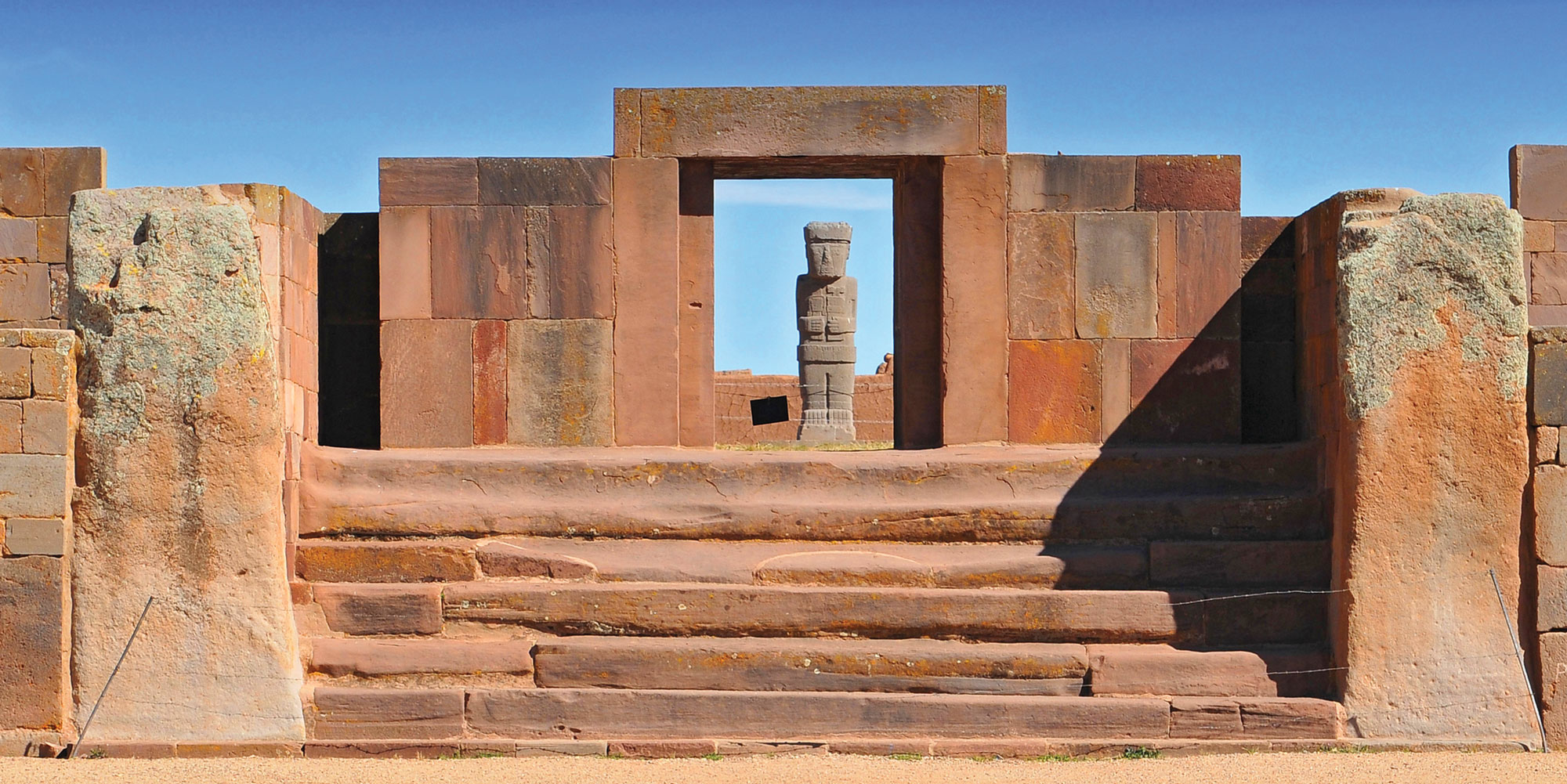ST. AUGUSTINE, FLORIDA—According to a First Coast News report, archaeologists have investigated the site of a brick schoolhouse in the Lincolnville neighborhood of St. Augustine, Florida—a residential area established in 1866 by Black freedmen following the Civil War. Known as St. Benedict the Moor School, the structure was built in 1898. The Sisters of St. Joseph, St. Augustine, taught at the school until 1964, when area schools were integrated. City archaeologist Katherine Simms said that a glass inkwell, small buttons, fragments of pencils, pieces of safety pins, barrettes, a piece of a slate writing tablet, and Nehi soda bottles were among the artifacts recovered during the excavations, which began in 2022. “We would have former school students come up to us and be like, ‘Oh yeah. I remember getting sodas across the street!’” she added. The excavation is part of a restoration project conducted by the Sisters of St. Joseph to use the site as a neighborhood center. To read about a militia of formerly enslaved Africans in eighteenth-century Spanish Florida, go to "Freedom Fort."












